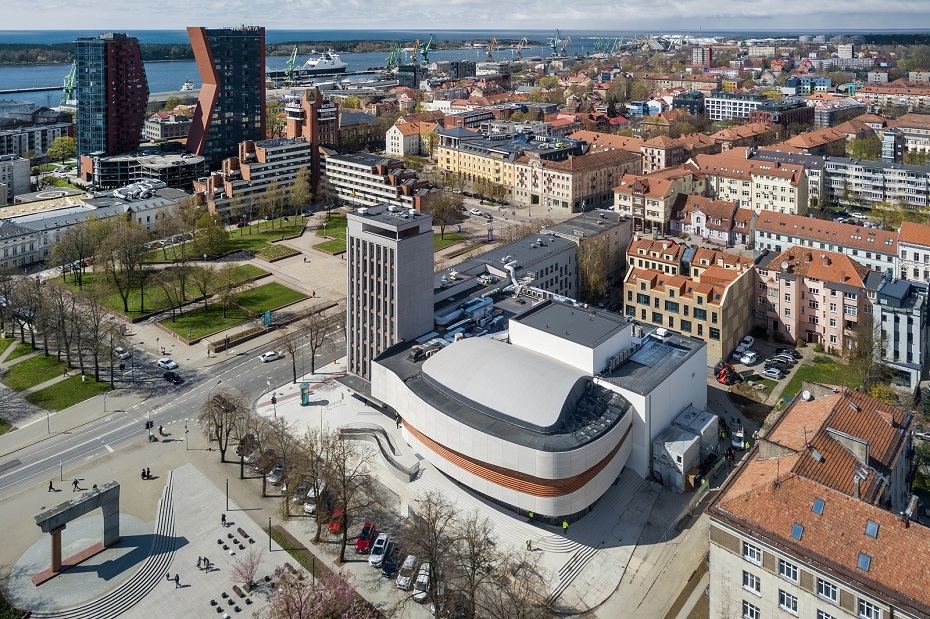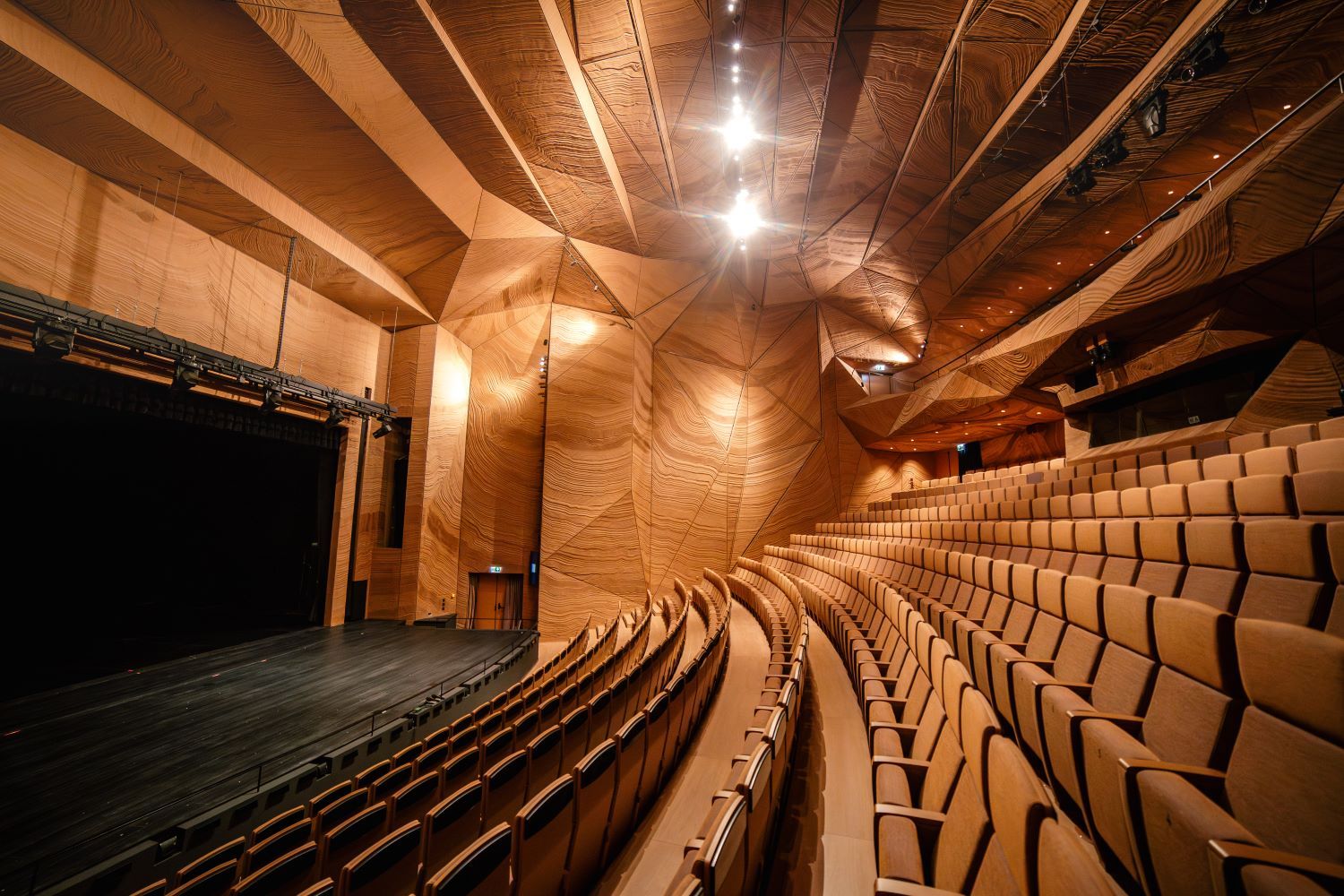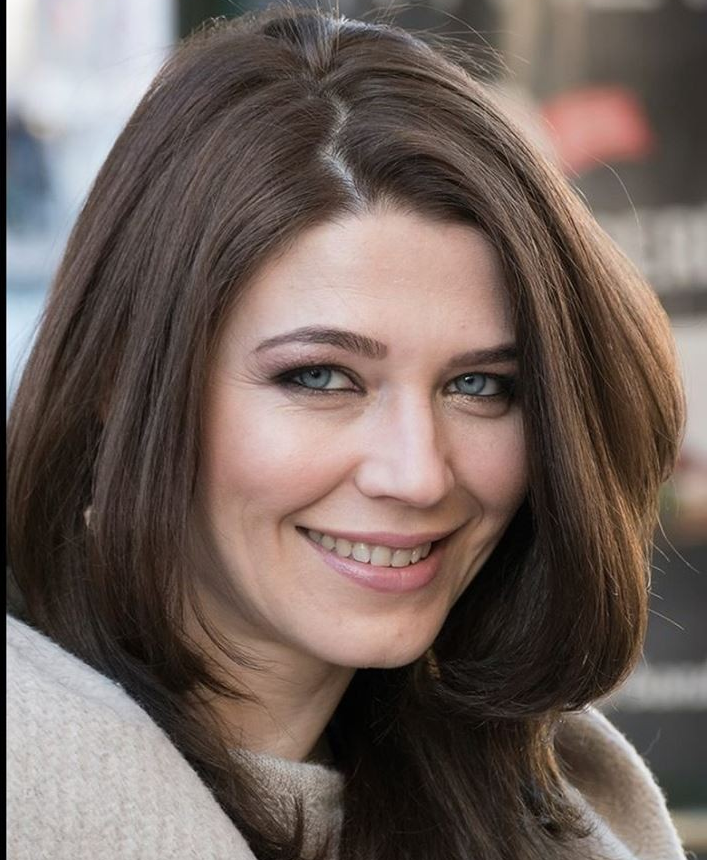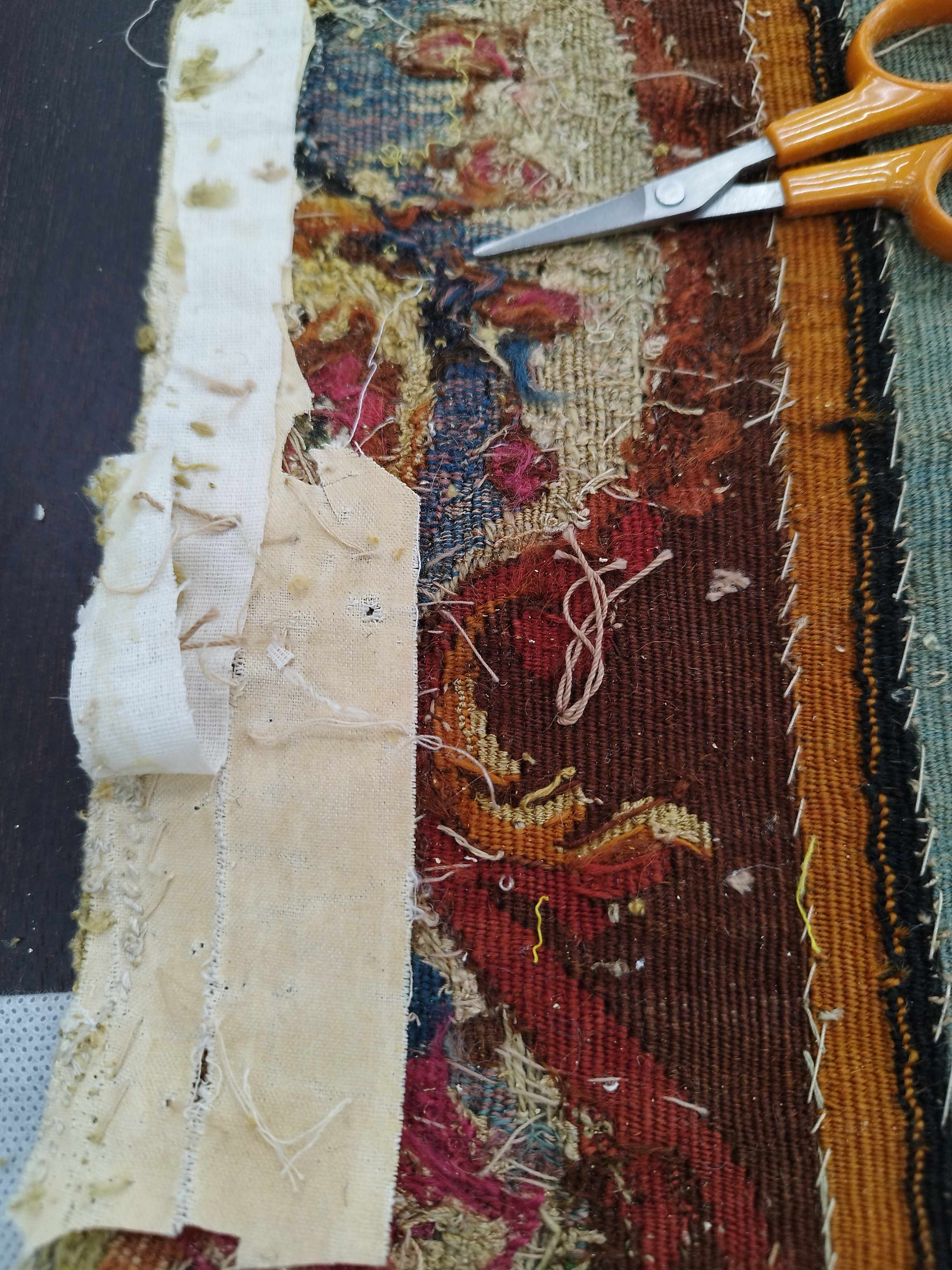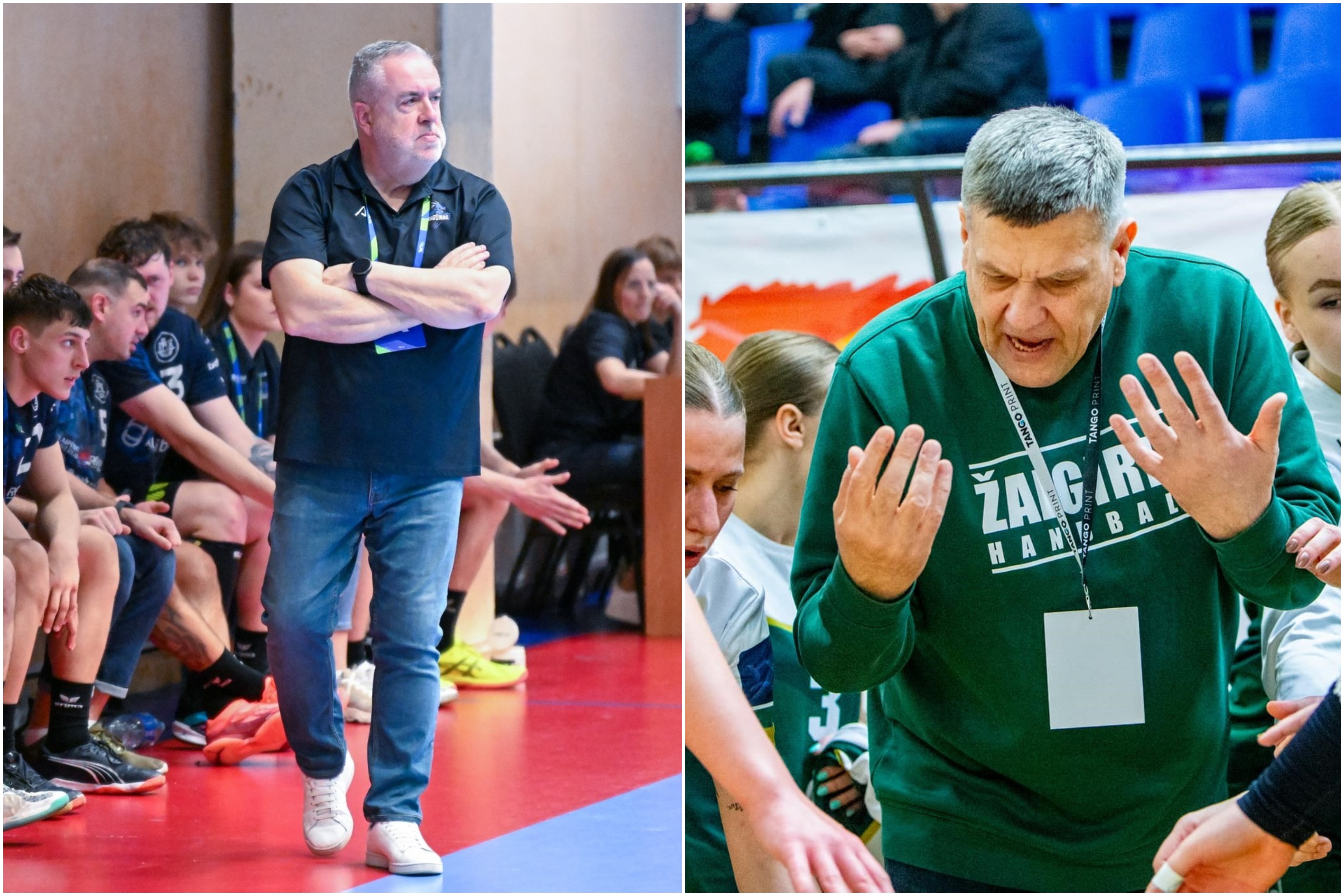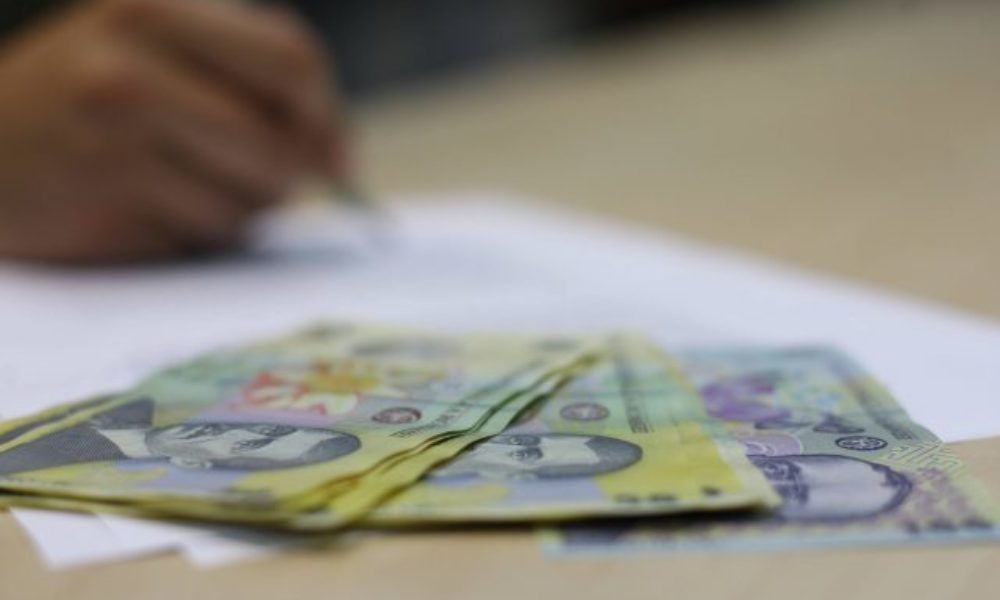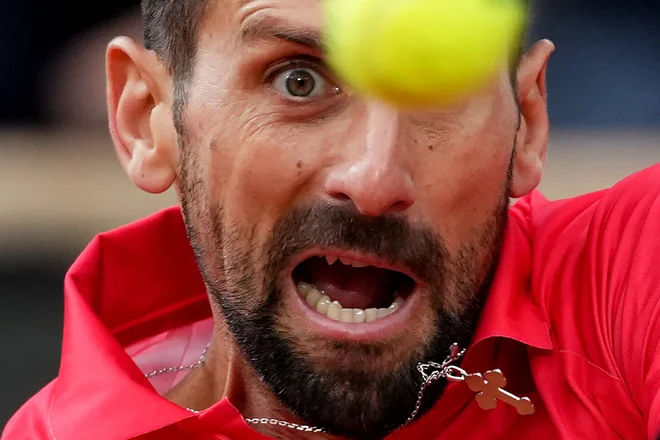I was inspired by the dedication of past artists to creative work

In the second part of the evening, KVMT Ballet Artists – Roman Semenennko and Daria Verovka (Ukraine), Elly Bruno and Aurora Ruvolett (Italy), Bernat Blay Bosch (Spain) and Mantas Ūs (Lithuania) – will present dance compositions according to Yanos Shliabanska (Italy), Kristijonas Lučinskas, Donatas Bielkauskas, Jonas Raudonius, Andrius Stakelė (Lithuania) created the soundtracks of electronic music.
Choreographer E. Stundytė tells about inspiration, challenges and preparation for the performance.
Edita Stundytė. Photo by M. Alexa
– As you named the performance and whyLike?
– I named the performance « (pra) visions » because visions are visions, hallucinations, dreams, and every (or almost every) artist begins to create from thought, from the idea, from vision, from vision, which not everyone becomes the body. « (PR) visions » are special states, touched by inspiration, enlightenment when solutions are found.
In the name of the title I would distinguish two letters – « Ra ». This name was called one of the most important gods in ancient Egyptian mythology-the Sun God, God-Creator, symbolizing spiritual light and intelligence. The sun is one of the elements that are constantly repetitive in the work of Čiurlionis.
The ideological axis of the performance is the status and vision of the artist, visions, mainly related to darkness, suffering, obstacles. But in the performance, he also experiences two sights: when he manages to implement his idea and when he meets his lover.
– Who became Inspiration in preparation for this performance?
– I have always been fascinated by Čiurlionis’ personality, especially his dedication to art. It is a kind of sacrifice, dedication that has always been typical of serious artists. Today, it seems to be less and less understandable. With this lack of sacrifice, dedication, I also associate some of the absence of powerful breakthroughs in art. The imagination that talent is always a success story. But in reality, people who have managed to accomplish a breakthrough in art have not always been recognized in life. For example, let’s remember the fates of Van Gogh, Gogen, and in Lithuania – their contemporary Čiurlionis.
I was inspired by that dedication to creation, I always wanted to create a performance about it. It’s like a tribute to past artists and a reminder to us who live today.
– How is cooperation with composer Arvydas Malciu? What His music resonates with Čiurlionis’ work? Did she have any influence on the dance language?
– I had no specific expectations, but after receiving Malcio’s music, I was pleasantly surprised. Arvydas’ music is beautiful and complicated, which is my favorite combination. This music also became an inspiration for me because, in my opinion, it perfectly conveys the inner states of the artist Čiurlionis and resonates with his work. I always try to make music and movement with each other unless there is a different idea. I hope this time the harmony of all components of the dance performance will be able to create.
Klaipeda State Musical Theater. Photo by L. Garbačauskas
– Where the great liesThe best challenge for building a dance performance for an iconic creator like Čiurlionis?
– How do I depict the inner world of Čiurlionis? How to penetrate genius consciousness? How to convey his states? This is the main complexity and the biggest challenge. This performance is not biographical. It is a performance about the artist’s worldview, experiences, creative suffering, visions, nightmares, inspiration and love. It is a performance that takes place not in time, but between reality and dream, sometimes through a morbid gaze of the artist.
Basically, three actors-an artist, muse-loved (both ballet artist) and a crowd (society) play. The performance is constructed as the confrontation between the artist and the crowd. I portray the crowd as a frivolous element, slightly ironizing and charming to create contrast with the artist’s emotional scenes and deep experiences. The muse-muse is his inspiration and salvation, and the crowd constantly interferes with them.
On the one hand, the artist knows that he has managed to create a true masterpiece, but on the other, he is confronted with a public that does not understand his art. The crowd does not see the light emitted by the painting.
– What became bigThe best inspiration for this performance is: maybe specific works of Čiurlionis music or painting are used?
– Because Hommage à Čiurlionis will be a two -part evening, and in the second part, viewers will see the compositions of ballet troupe artists based on Čiurlionis’ paintings, it seemed to me more purposeful to portray the artist’s emotional path towards those paintings. I focus on the overall understanding of Čiurlionis’ work, and I do not rely on any particular piece. Of course, it will be possible to see certain parallels with Čiurlionis’ work, because, for example, the crowd will transform from people to some creatures or elements of nature.
– How did you manage to “balance” ŠI modernizedto dance and the spirit of Čiurlionis period?
– Since my task was to create a performance not only about Čiurlionis, but in general about the true artist, the spirit of Čiurlionis’ living period will only be felt as a mild breath. The performance depicts the artist’s status in preparation for the exhibition and his meeting with his lover.
Photo by MK Kuliešius (UAB)
– Is it This performance is based on more classic or contemporary choreography principles?
– Choreography is based on contemporary dance with some elements of neoclassical dance.
– As the KVMT ballet trupdid you react to this project? Have you experienced any unexpected pleasant discoveries working with dancers?
– The reaction was positive and enthusiastic, after all, the dancers will have the opportunity to present their creations. Talented ballet artists dance in the KVMT ballet troupe. I was sincerely surprised at how quickly they focused and absorb the material. The troupe is homogeneous, strong and artistic. They can be produced by serious, complex dance performances, ballets. I am lucky to have the opportunity to work with such dancers. I am grateful to them for their creativity, kindness and help.
– Or ballet trupThe role of this is still important in the context of contemporary choreography? What can she give to the choreographer?
– The importance of ballet troupe is indescribable. I mean not only in general, but also specifically my experience in building this performance, because I received the offer quite late. Talented artists are extremely facilitating the work of the choreographer, being able to convey the idea by interpreting the roles « to the subject », offering themselves movements, especially when building duets or group contact scenes. Contemporary dancers often become co -authors of performances, and have repeatedly seen the note « and dancers » of the choreographer. Because stage arts, including dance performances, are a living thing that takes place here and now, each artist depends on what the performance will be today. The ideal option would be a technical and emotionally intelligent artist.
– Or in the future wishWould you be creating more projects that would be inspired by Lithuanian culture and art classics? What futureAre you planning projects?
– I have the following idea: I would like to create a ballet about the inhabitants of the Lithuanian village, ordinary people in the early 20th century, and are included in the context of the cultural heritage and folklore elements of our nation, such as contractual. Various ideas always rotate in the head. I currently have four ideas for full dance performances and a couple of shorter abstractions.
One of them is ballet according to Patricia Highmith’s novel The Price of Salt. It is a modern woman’s duties and the dilemma of freedom. Secondly, the ballet for children « Beautiful and Monster » about the meaning of human inner beauty. Thirdly, the performance « dog on the hay », according to the 16th-17th centuries. Spanish playwright Lope de Vega’s play of the same name about a conflict of mind and feelings. Fourth is the performance I mentioned in the context of the Lithuanian village in the context of World War I.
I also have one idea that combines several stage arts – contemporary opera, dance, drama and puppetry. It would be a performance by Rainer Werner Fassbinder and Michael Fengler’s 1970 movie « Why did Mr. R.? » (WHY DOES HERR R. RUN AMOK?) About a stalemate of consumer culture.
It seems to me that each of these performances is important today, and which one will be implemented is difficult to say, because the choreographer’s work depends on many reasons and circumstances.
– What you believeSHE from the upcoming premiere? What do you wish to experience for viewers?
– I hope this performance will be understood by the audience (Laughs). And I wish the audience a meaningful time.
Business card
Edita Stundytė. Photo by S. Rosseland
Edita Stundytė (b. 1975) – dancer, choreographer. He graduated from the Lithuanian Academy of Music and Theater, the Bacarrane (2002) and Master’s (2004) studies (course leader Anželika Cholina). Since 1999 The dancer participated in the performances and projects of choreographers Erika Vizbaraitė, Birutė Banevičiūtė, Lora Juodkaitė, Aira Naginevičiūtė, Anželika Cholina, shown in the Lithuanian National Drama, OKT / Vilnius City, Anželika Cholina, Dansema, Dansema, Contemporary Opera Festival NOA and elsewhere.
As the choreographer made his debut in 2005. Having presented his first dance performance « Ophelia, drowning » at Hamlet’s « Hamlet » at the Arts Printing House. Among the works of the choreographer later, the dance performance « We » (creative action community theater, 2007), the mono -performance « Amplification » (« New Baltic Dance », 2007), Dance Monologist « Gray Time » (2007), dance performance « About Tyra Erendir » according to GG Márquez (Angelika Choline The performance « You are Love » (with Andre Pabarčiūtė, 2010), « Dark Side » (2010), one -act ballet « Franceska Mann » based on A. Shenderov’s music (Lithuanian National Opera and Ballet Theater, 2019) for the Cross of the Stage. » He also introduced choreographic miniatures at the International Contemporary Dance Festival « New Baltic Dance » (2011) and LNOBT project « Creative Impulse » (2012, 2014-2018).
In collaboration with creators of various fields, they create choreography for theatrical concerts, drama and opera performances. Among the most important joint projects, the works of the choreographer are Frank Oter and Lucis Pozzi’s orator « Machun » (dir. G. Petrauskas, « Christopher Festival », 2005), the international musical project « Zap. Four elements » (dir. Dalius Abaris, « Capital Day » Christopher Festival, 2006), State Song and Dance Ensemble Lietuva Lietuva performances « Lithuanian Hymns » (dir. A. Šlepikas, 2006) and « Raise, Brother » (dir. A. Vidžiūnas, 2010), J. Straussas operetta Collaborated with theater directors Birute Mar (Stage of A. Barricic Silk, 2008; UNE, 2010 at the Lithuanian National Drama Theater) and Oscar Koršunovas. Products such as performance « Those Eyes » by J. Fosse’s play (part of the project « Stavanger-European Capital of Culture 2008 »), G. Donizetti Opera « Love Elixir » (LNOBT, 2009), performance « Bottom » according to M. Gorki (Oslo National Theater, 2009) (Stockholm Theater Folkoperan, 2010).
E. Stundytė created choreography at the Klaipėda State Musical Theater E. Balsys ‘opera « Journey to Tilze » (dir. Gytis Padegimas, 2019) and MK Čiurlionis’ 150th anniversary, the one-voice dance performance « (PA) » (2025).

